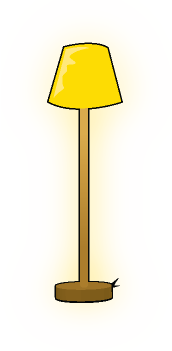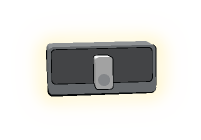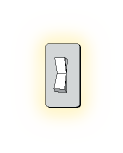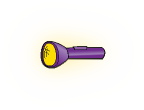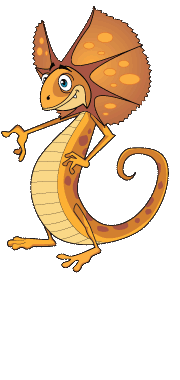Electricity travels through a circuit.
An electric circuit is made up of three mains parts:
An electrical source, such as a battery or mains power,
An output device, such as a speaker, light or power point, and
A connector, such as a wire to connect the source and output device.
Electricity will only flow when it can complete the circuit back to where it started from.
There are two different types of circuits based on how they are connected.
A series circuit allows current to flow through one light globe to another. If one globe blows breaking the circuit, the other globes in the circuit stop working.

A parallel circuit provides electrical current to globes or appliances on their own line. If one globe blows, the other globes continue to receive electricity.
Electricians and scientists use circuit symbols to illustrate electrical items.


